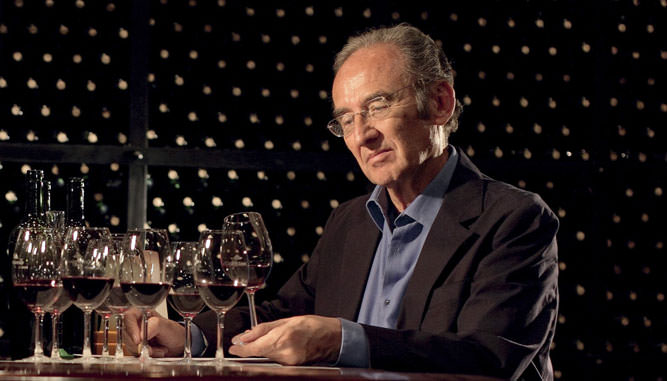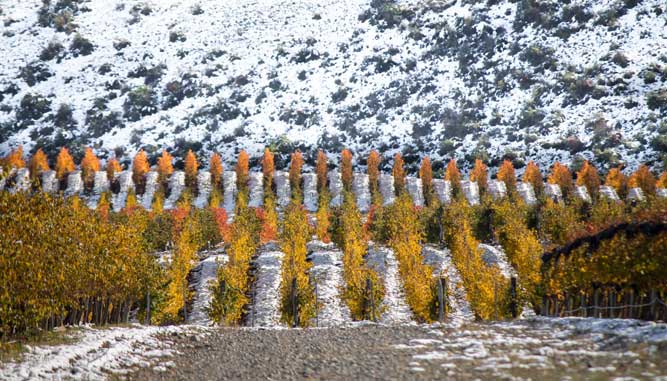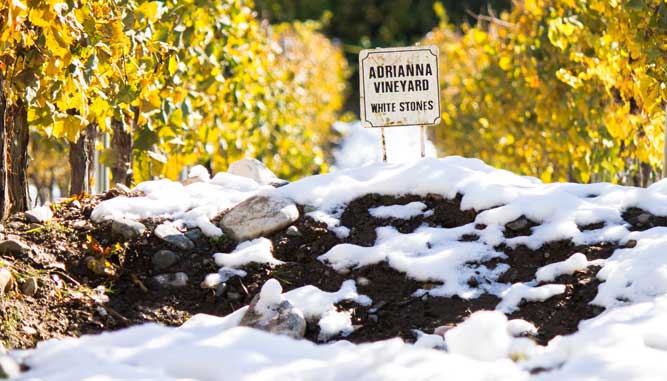The Three Revolutions

"Nicolás Catena Zapata is a figure in Argentina of the stature of Robert Mondavi in Napa and Angelo Gaja in Piedmont. He inspired an entire region to strive for a higher level of quality by his successful exploration of high-altitude vineyards and rigorous clonal selection."Larry Stone, trustee, James Beard Foundation
First Revolution: In the Winery and in the Vineyards
When Nicolás Catena Zapata began running the family winery in the mid '60s, his grandfather and father were still making wines according to the old Italian traditions. They selected grapes from their historic vineyards and aged them in large oak casks for 3 to 4 years, obtaining oxidized flavors similar to those of sherry. In the '60s the Catena Family's best wine was Saint Felicien Cabernet Sauvignon.
During his visiting economics scholar time at Berkeley, California, in the 1980s, Nicolás Catena Zapata had the opportunity to experience firsthand the Napa Valley wine revolution. A new generation of Californian producers had set out to make wines that were a quality equal or superior to that of the French. Their goal was no less than to fashion a Cabernet Sauvignon that could rival the best from Bordeaux and a Chardonnay that could rival the best from Burgundy. The Californian winemakers talked little of terroir and its relation to quality. They focused on improving vineyard management and winemaking techniques, by using hygienic stainless steel, by conducting clonal selection, and by emphasizing oak quality.

To Nicolás Catena Zapata, this was something completely new. Even more important, he was tasting wines with a surprisingly marked freshness, intense fruit and new oak hints. Right away he decided to carry out a similar project in Mendoza, Argentina. He planted Cabernet Sauvignon and Chardonnay in the traditional wine-growing regions of the province and carried out a Malbec plant selection study. The first vintage grown using this vinification style, which Nicolás dubbed the Californian-French style, was the 1990, a Cabernet Sauvignon with a small percentage of Malbec. Most of the vintage was exported, but a special lot of Cabernet Sauvignon (13,000 bottles) from Catena's Agrelo vineyards was separated to be sold in Argentina.
The wine was called Catena Zapata Estiba Reservada, and it had been drawn from the winery's best barrels. This was the beginning of the history of this cuvée, which would become over the years, Argentina's most collected red wine. The change in vinification methods introduced by Nicolás Catena Zapata was “revolutionary” in the sense that most other Mendocinian wineries quickly followed these non-oxidative winemaking practices in order to retain the fresh fruit flavors. They abandoned the old Italian traditions and followed the Californian-French style (which involved temperature control to protect the fruit flavors and the use of traditional French oak barrels) introduced by Nicolás Catena Zapata.



